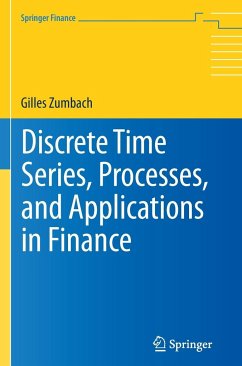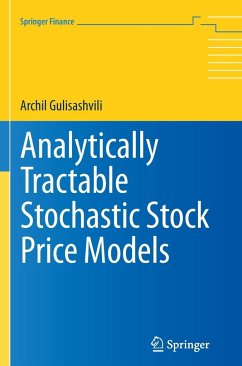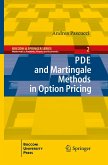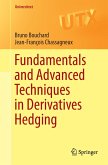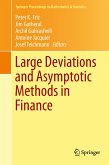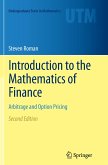Most financial and investment decisions are based on considerations of possible future changes and require forecasts on the evolution of the financial world. Time series and processes are the natural tools for describing the dynamic behavior of financial data, leading to the required forecasts. This book presents a survey of the empirical properties of financial time series, their descriptions by means of mathematical processes, and some implications for important financial applications used in many areas like risk evaluation, option pricing or portfolio construction. The statistical tools used to extract information from raw data are introduced. Extensive multiscale empirical statistics provide a solid benchmark of stylized facts (heteroskedasticity, long memory, fat-tails, leverage...), in order to assess various mathematical structures that can capture the observed regularities. The author introduces a broad range of processes and evaluates them systematically against the benchmark, summarizing the successes and limitations of these models from an empirical point of view. The outcome is that only multiscale ARCH processes with long memory, discrete multiplicative structures and non-normal innovations are able to capture correctly the empirical properties. In particular, only a discrete time series framework allows to capture all the stylized facts in a process, whereas the stochastic calculus used in the continuum limit is too constraining. The present volume offers various applications and extensions for this class of processes including high-frequency volatility estimators, market risk evaluation, covariance estimation and multivariate extensions of the processes. The book discusses many practical implications and is addressed to practitioners and quants in the financial industry, as well as to academics, including graduate (Master or PhD level) students. The prerequisites are basic statistics and some elementary financial mathematics.
"The layout of the book is well done and very easy to read. From my experience, there are not many books of a similar approach; I believe it is quite unique in its nature. ... it provides an incredible amount of information that researchers interested in both mathematical and applied finance will find it a useful resource to learn basic asset behavior. The level is right for all researchers in the area with a master's degree in statistics." (Stergios B. Fotopoulos, Technometrics, Vol. 58 (3), August, 2016)
"The book aims to synthesize the present status of the field, but it also represents a subjective snapshot of the current situation, as viewed by the author. It is written in a very concise and elegant way, explaining the notation used as it is required. ... This book is definitely recommended to anyone (practitioners, quants, academics orgraduate students) interested in attaining a deeper understanding of the dynamics of prices, as well as the corresponding stylized facts ... ." (Omar Rojas, MAA Reviews, January, 2013)
"The book aims to synthesize the present status of the field, but it also represents a subjective snapshot of the current situation, as viewed by the author. It is written in a very concise and elegant way, explaining the notation used as it is required. ... This book is definitely recommended to anyone (practitioners, quants, academics orgraduate students) interested in attaining a deeper understanding of the dynamics of prices, as well as the corresponding stylized facts ... ." (Omar Rojas, MAA Reviews, January, 2013)

